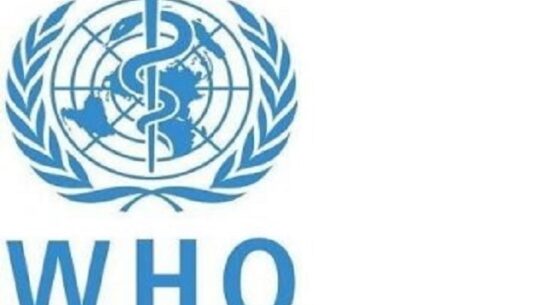As we pass 200 days of war, the population of northern Gaza is teetering on the brink of mass starvation. Oxfam analysis found that the 300,000 people in northern Gaza had been forced to survive on an average of 245 calories per day from January to March—less than a single can of beans, and well below the recommended daily intake of 2,100 calories.
While we have seen an uptick in the flow of aid entering Gaza in recent weeks, the trickle of humanitarian assistance combined with an absence of commerce and public services are nowhere near sufficient to address widespread hunger or the shelter, hygiene, and sanitation conditions that are fatal in these circumstances.
The last report from the Integrated Phase Classification system, the official body that collects and analyzes food security data, found that would occur in northern Gaza by May at the latest. Dozens of children have already died from starvation and malnutrition, often worsened by disease, and two out of the three criteria for declaring famine have already been met.
Since an official declaration is a lagging indicator, it is quite possible that famine already exists in areas of northern Gaza. We cannot wait for a famine declaration to act to prevent the needless, widespread death of civilians,
While the threat of starvation is most severe in the north, malnutrition is ubiquitous throughout Gaza. The IPC’s report in March found that almost everyone in Gaza was facing “high levels of acute food insecurity,” with 95% of the population in a Phase 3 food crisis or worse. In the month since the report was release, conditions have deteriorated further.
In addition to the limited availability of food, the ability to find or buy a nutritious, varied diet is not feasible across Gaza. For the little fruit and vegetables still available, extreme price rises due to scarcity have put them out of reach for most people. Specialized nutrition products and centers to treat malnourished children are difficult or impossible to find.
Despite the overwhelming evidence of extreme hunger, the government of Israel’s obstruction of humanitarian access persists. But denial of humanitarian access is not the only issue. While increasing the quantities of food entering Gaza would be a welcome step, a proper response to this catastrophe simply cannot be implemented under present conditions.
Hunger and its impacts are not only due to lack of food, but also are exacerbated by Israel’s near-complete destruction of Gaza’s civilian infrastructure. Over 200 days of incessant bombardment has decimated Gaza’s healthcare infrastructure, water and sanitation services—including Oxfam-supported projects—and emergency response support, leaving people even more vulnerable to deadly disease.
The government of Israel has not restored the flow of electricity and has dramatically curtailed the importation of fuel, without which wells, water treatment facilities, bakeries, hospitals, and individual businesses and households. This collapse of vital services and infrastructure means that our calculations of food trucks entering Gaza gives only a partial view of the need.
An increase in caloric intake is not all that is necessary to combat extreme hunger – acute malnutrition requires immediate medical intervention, especially for children. This kind of medical intervention is simply not possible while bombs continue to fall and amid the collapse of essential.
Our colleagues in Gaza at Oxfam and partner organizations are under constant risk of bombardment. Almost all staff in Gaza have been displaced, often multiple times, and many are living in tents or makeshift shelters with their families. They are struggling to find food for themselves and their families, regularly skipping meals for days at a time so their children can eat.
They face constant risks to their lives: with over 200 killed since October, Gaza is the deadliest place in the world to be an aid worker. Under these unimaginable circumstances, Oxfam and partners are still bravely distributing what they can in the form of food, clean water, materials to provide safer sanitation, and hygiene products. However, the kind of humanitarian response necessary to stave off the threat of famine cannot even begin under these conditions.
Even as children are starved to death and aid workers are routinely killed in Israeli airstrikes, the Biden administration is doubling down on providing weapons and aid for Israel’s military operation in Gaza. Recently proposed transfers included some of the highest risk weapons, like the MK-84 2,000-pound bomb, which have flattened entire neighborhoods and are implicated in some of the highest casualty attacks in Gaza.
To maintain its policy of unconditional military support for Israel, the administration is taking its ‘see no evil, hear no evil’ policy to absurd and deadly lengths, refusing to even condition, much less suspend, arms transfers to Israel. The United States must halt its arms sales to Israel and recognize its own contribution to Gaza’s still climbing death toll. This is long overdue.
Oxfam is calling for a permanent ceasefire, the return of all hostages and the release of unlawfully detained Palestinian prisoners, for countries to immediately stop supplying arms to Israel and Palestinian armed groups, and for full humanitarian aid access.
The global response for Gaza must include both adequate and nutritious food for everyone, the full restoration of hospitals and health services, water, and sanitation infrastructure and for all reconstruction materials to be allowed across the border.
Every day without a ceasefire is a day closer to exponential death and suffering in Gaza. We must see action now.
Jacob Batinga is Oxfam America Humanitarian Policy Fellow.

